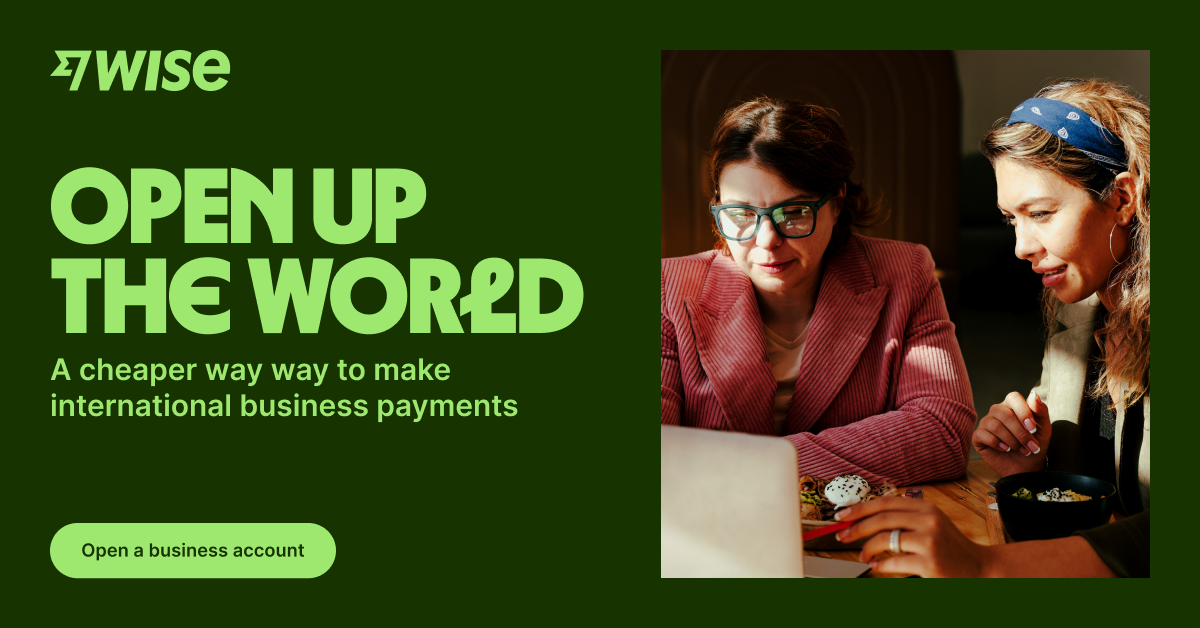Unlock the Editor’s Digest for free
Roula Khalaf, Editor of the FT, selects her favourite stories in this weekly newsletter.
The writer is an FT contributing editor and writes the Chartbook newsletter
Despite decades of globalisation and partial convergence, we live in a world of stark contrasts between rich and poor. Though imprecise, the designations “global north” and “global south” highlight real differences.
The neighbours of the US to the south are the crisis countries of Central America and the Caribbean. On Europe’s southern edge is war-torn Syria, western Asia, the turmoil of the Sahel and the chronic poverty for hundreds of millions in sub-Saharan Africa.
There is no simple solution to the problem of development. But we delude ourselves if we don’t talk about money. Poor economies need more capital. Around $3.8tn in extra investment per annum is needed worldwide to secure sustainable development, much of that for Africa.
The prize of development is not just a more stable and just world, but a richer and safer one too. The mpox outbreak is the latest warning of the risks of an unmanageable public health crisis originating in a failed state.
Despite the opportunities potentially on offer, private capital will not bridge the gap. To make up the difference, development policy offers an alphabet soup of national and multilateral aid and concessional funding. It falls woefully short.
According to the OECD’s authoritative data, in a world economy estimated at over $105tn, rich countries muster barely $224bn in aid spread over hundreds of donors and recipients. The US, the largest donor, gives $66bn, but that is a mere 0.24 per cent of GNI. Hardly the stuff of global leadership.
In proportional terms, this is one area where Europeans do not shirk their responsibilities. At 0.5 per cent of GNI, France manages twice the US share. Germany claims 0.79 per cent of GNI.
Undeniably, this money does good. Tens of millions would be at dire risk without it. But vast areas of need remain unmet. And it is hard to point to big success stories. Africa’s recovery from the Covid shock has been disappointing. The inflow of aid and concessional finance has been more than offset by the retreat of private funding. With debt crises multiplying, many recent African success stories — Kenya, Ghana — have gone bad. More than 900mn people live in countries where interest payments exceed spending on health or education.
In protracted discussions, governments, creditors and NGOs are debating how to provide debt relief and bridging finance. Meanwhile, a different aid regime proceeds on a greater scale and urgency in Europe itself. Due to the incongruous rules of aid accounting, alongside recipients like Ethiopia and Mali, the OECD’s data counts Ukraine.
In the two and a half years since the Russian invasion, Ukraine has received more aid and debt relief than any African country in the past few decades. Unlike most other aid flows, this money has made history. It has allowed Ukraine to fight Russia to a standstill while stabilising its war-battered economy.
In the global south, it rankles that bloodier conflicts in Ethiopia and Sudan barely register in western commentary. European and US support for Ukraine shows in stark relief what is missing with regard to the “global south”: the sense of shared destiny and common purpose, necessary to unlock aid on a world-changing scale.
One point of identification is the enemy. Russia’s attack on Ukraine is seen as threatening Europe directly.
Of course, Russia and China are present in the Middle East and Africa, too. The US and EU have responded with new infrastructure credit programmes. But these are exercises in imaginative arithmetic — “blended” public-private initiatives backed by little additional taxpayer funds.
It is not just the aggressor, it is also the victims that are different. Ukraine, once a byword for dysfunction and corruption, was galvanised by the first shock of Russian intervention in 2014. Since the full-scale invasion, despite continuing problems with corruption, it has put western aid to spectacularly good use.
Then there are the people. Quite properly European countries have spent billions on supporting Ukrainian refugees. By contrast, many migrants from the south, far from being provided with the funding and services that would help them to succeed, are warded off and forced into illegality.
The identification with Ukraine goes deep. Kyiv’s ambition is EU membership, which has catapulted much of central and eastern Europe towards western European prosperity. Rather than rebuffing Ukraine’s approach, Brussels has welcomed it.
Ultimately, as Europeans have not been shy to remark, the key is that the Ukrainians are “just like us”. For all the policymaker talk about labour force migration, as Hans Kundnani has recently contended, beneath the economic statistics the boundary line defining the idea of Europe is whiteness.
The sad fact is that were our aid sufficient to assist Africa in achieving economic take-off, the fondest hope of much of the European population would be that the migration would stop. In stark contrast to Ukraine, there is no positive image of a shared future with a prosperous and self-confident Africa.


![https://primexbt.investments/start_trading/?cxd=459_549985&pid=459&promo=[afp7]&type=IB](https://tradinghow.com/wp-content/uploads/2025/02/primexbt-markets-e1738588646201.jpg)
![https://primexbt.investments/start_trading/?cxd=459_549985&pid=459&promo=[afp7]&type=IB](https://tradinghow.com/wp-content/uploads/2025/02/primexbt-markets.jpg)
![https://primexbt.investments/start_trading/?cxd=459_549985&pid=459&promo=[afp7]&type=IB](https://tradinghow.com/wp-content/uploads/2025/02/PrimeXBT-Trading.jpg)












